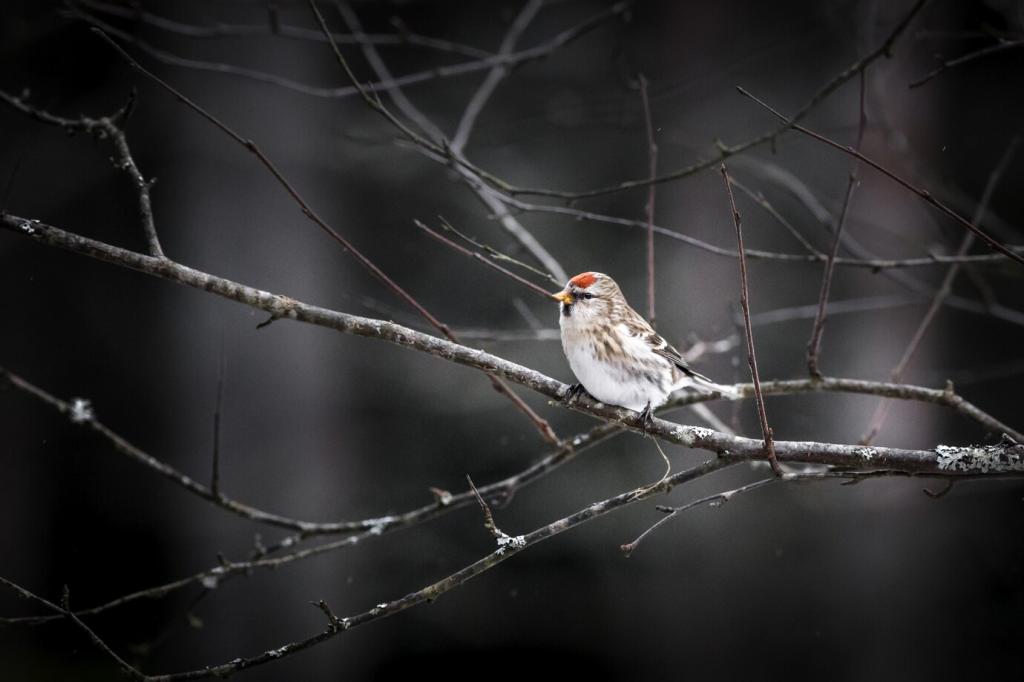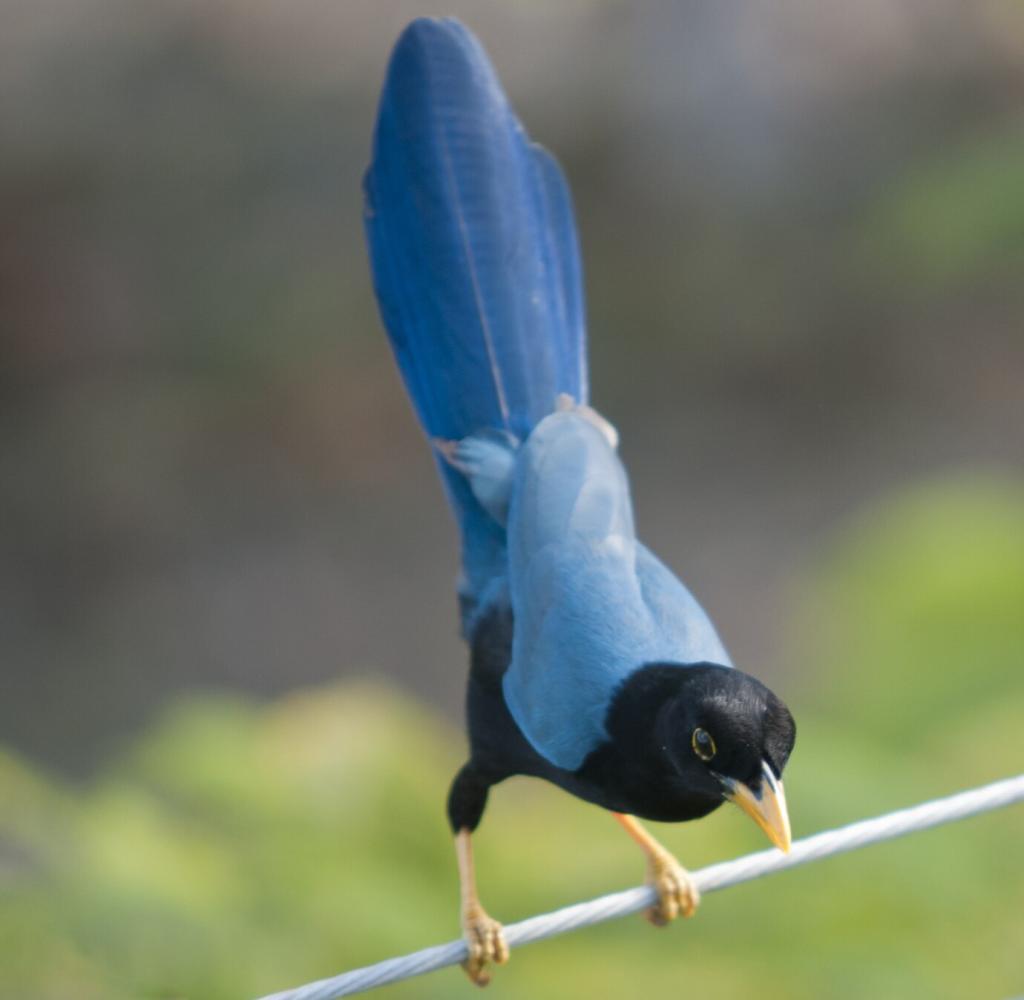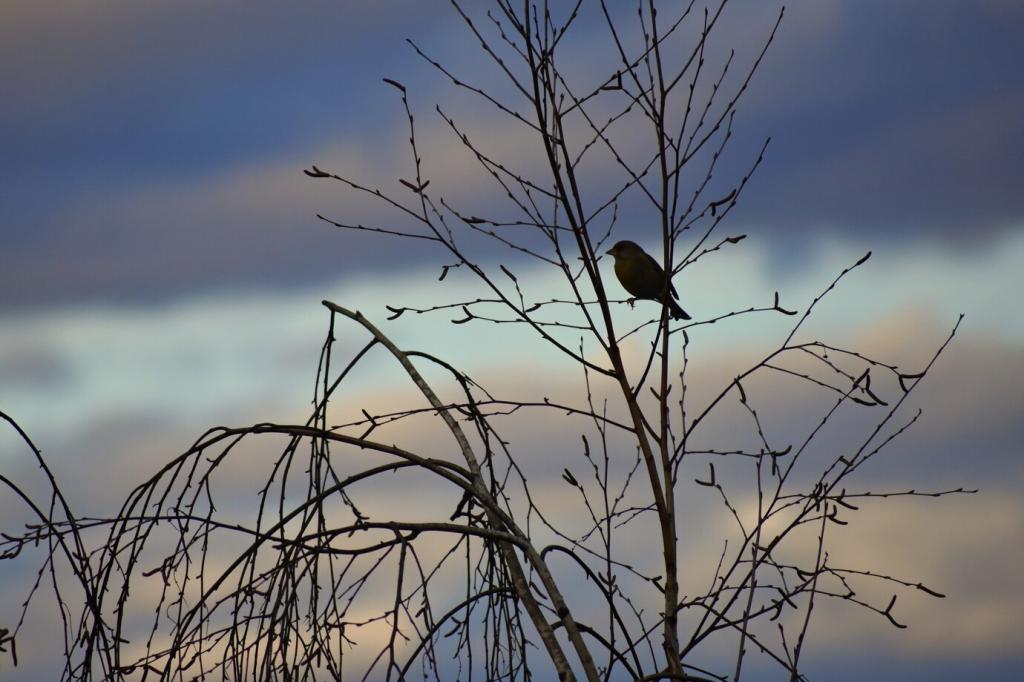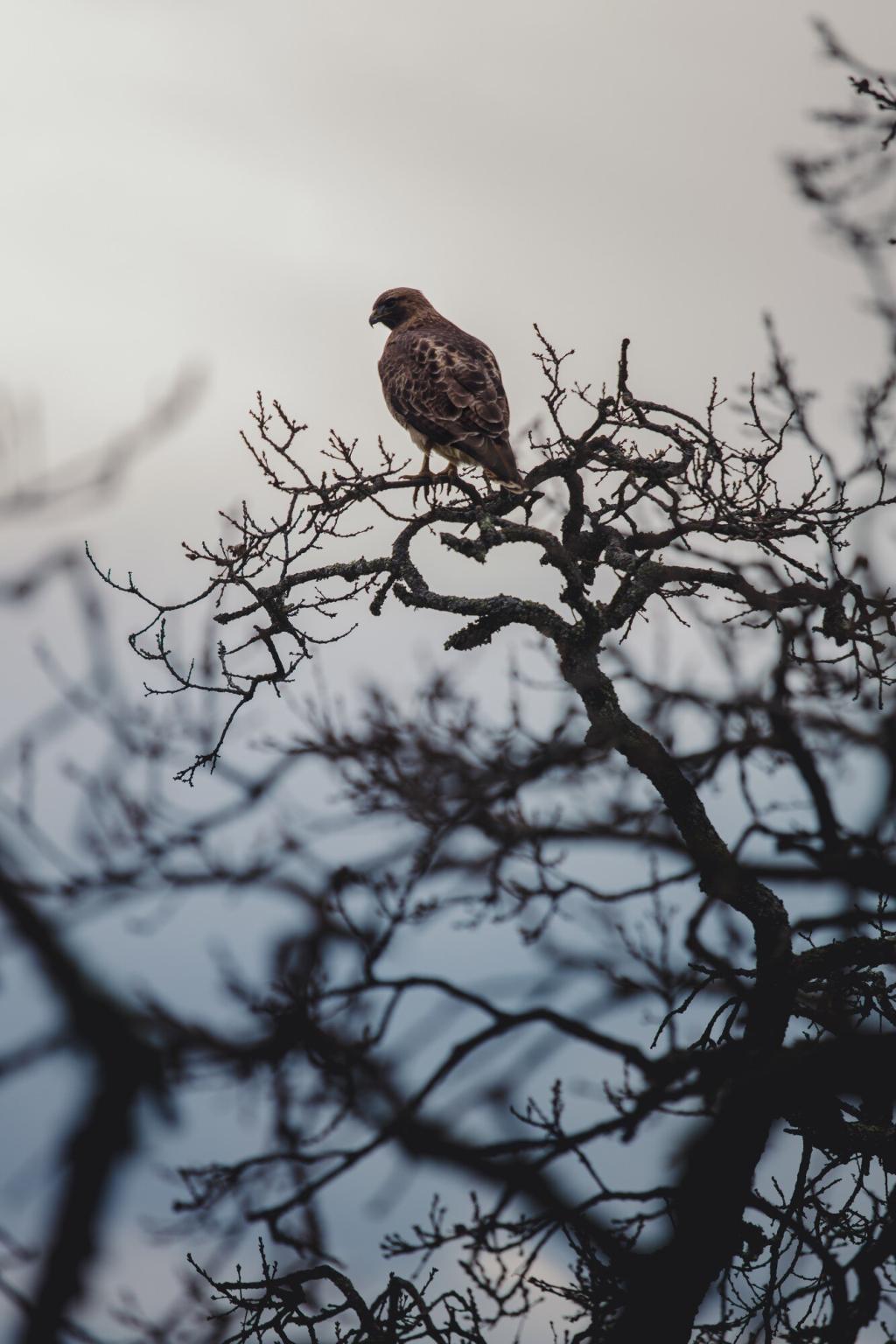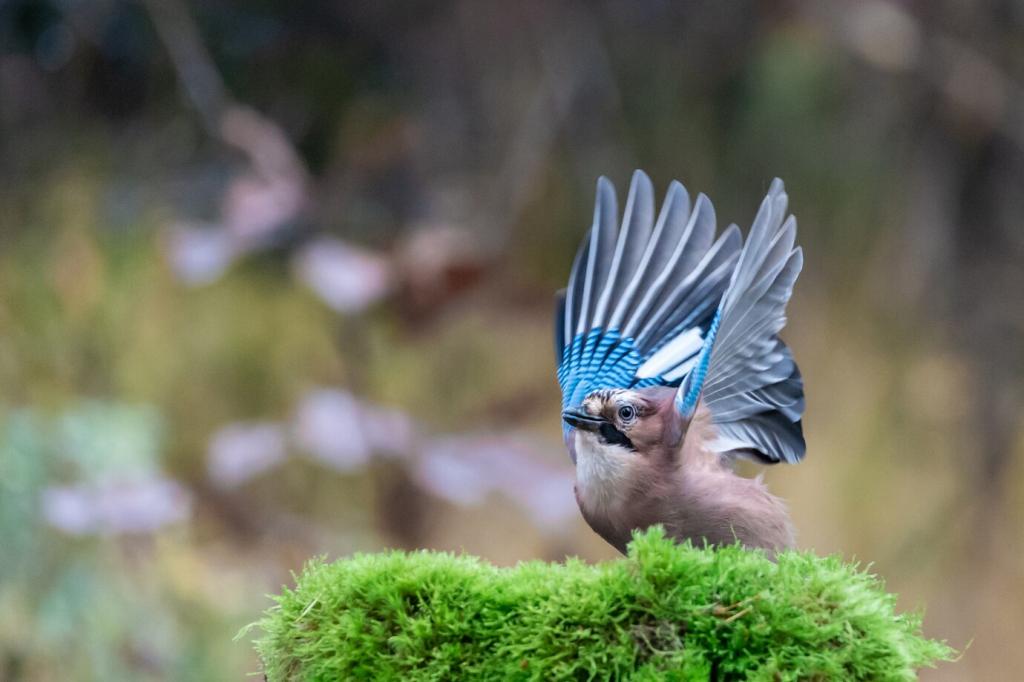Nighttime Dining: Prey and Tactics
Owls often choose elevated perches to survey meadows. When faint rustles betray movement, they pivot, glide low, and strike with talons timed to the heartbeat of fleeing rodents in brittle grass.
Nighttime Dining: Prey and Tactics
Nightjars and nighthawks fly open circuits over rivers or streetlights, wide mouths catching moths and beetles. Rictal bristles may help sense prey as rapid twists and dips keep the buffet continuous.

